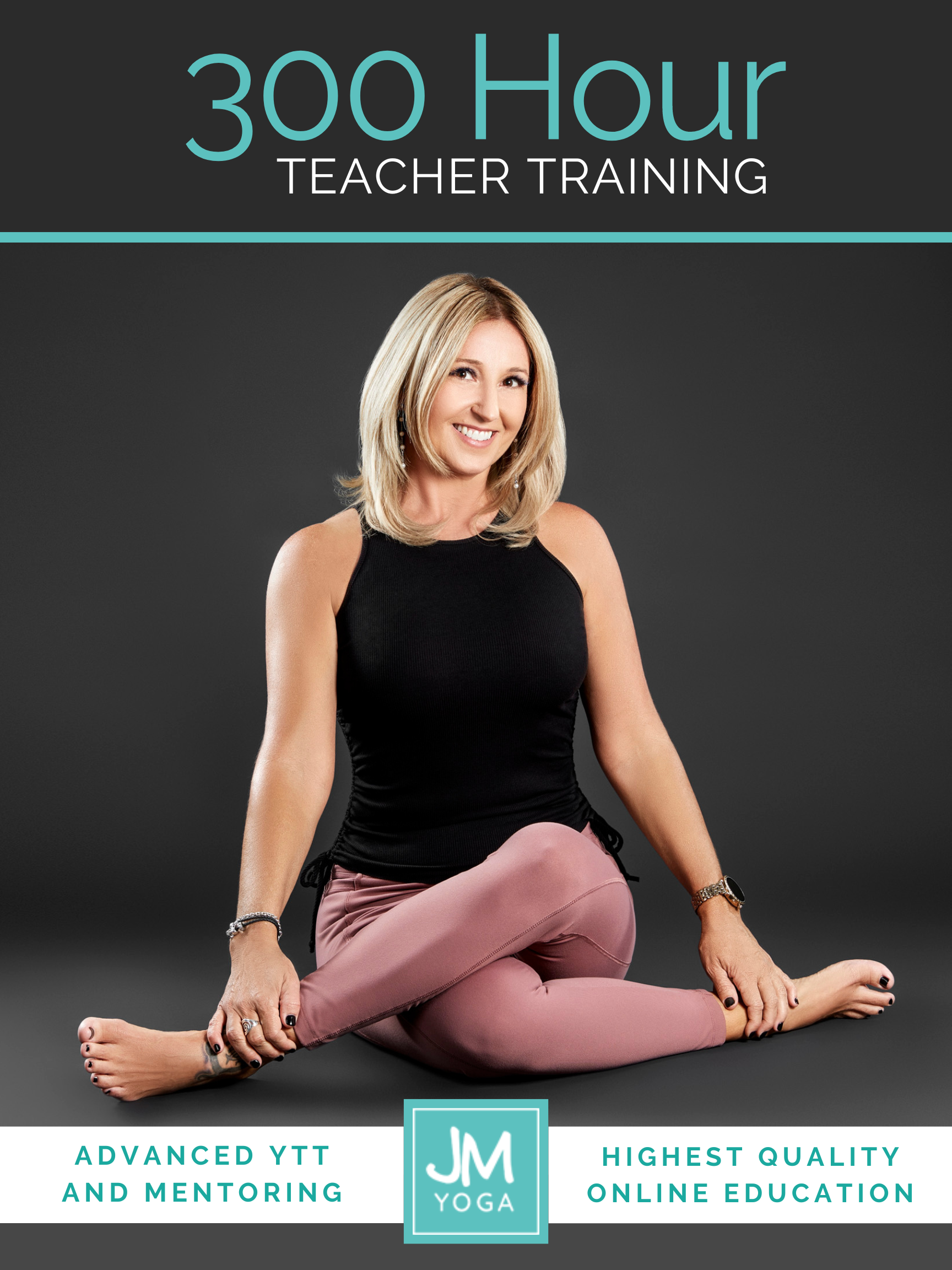Does Text Neck Cause Neck Pain? What the Research Says
As a yoga educator deeply invested in research literacy, I love diving into studies that challenge common assumptions. One of the latest papers I explored, Neck Pain and Text Neck Using Hill’s Criteria of Causation: A Scoping Review, took on the widely accepted idea that looking down at our phones—often called “text neck”—causes neck pain. Spoiler alert: The research doesn’t support that claim.
What Is Text Neck?
Text neck refers to the forward head position we adopt when looking down at our phones or other devices. It involves some degree of neck flexion and is often associated with “poor posture.” Many people believe that spending too much time in this position leads to neck pain. But does it?
The Study Approach: A Scoping Review
This study used a *scoping review*, meaning it gathered a broad overview of existing research rather than conducting a statistical analysis. The researchers reviewed 21 studies and assessed them using *Hill’s Criteria of Causation*, a framework developed in 1965 to determine if one thing actually causes another.
There are nine criteria in this framework, but here are a few key ones:
- Temporality: Does the supposed cause happen before the effect? (In this case, does text neck occur before neck pain?)
- Strength of Association: How strongly is the suspected cause linked to the effect? (For example, smoking has a strong link to lung cancer.)
- Consistency: Is the association found repeatedly across different populations and settings?
- Biological Plausibility: Is it even possible, based on our understanding of the body, that text neck could cause damage?
- Dose-Response Relationship: Does more exposure lead to more of the effect? (Would more time spent in a text neck posture lead to more pain?)
The Findings: No Evidence That Text Neck Causes Pain
The study found that none of Hill’s criteria were met. Here’s what that means:
- There was no evidence that text neck occurs before neck pain.
- The association between text neck and neck pain was weak and inconsistent.
- The biomechanics of the spine suggest that our necks can tolerate much more load than the text neck posture creates.\People who spent more time in a text neck position did not experience more pain.
- Looking at historical and cultural examples, humans have been tilting their heads down for centuries—reading books, knitting, working in the fields—yet we don’t have a long history of “newspaper neck” or “seamstress neck.”
If It’s Not Text Neck, What Causes Neck Pain?
The study suggests that instead of blaming posture, we should consider other factors such as stress levels, lifestyle, and psychosocial influences. The *biopsychosocial model* of pain reminds us that pain is rarely caused by a single mechanical factor. Instead, it’s often influenced by a mix of biological, psychological, and social elements.
For example, people who spend a lot of time on their phones might also experience increased stress from work emails or social media. Or they may be sitting for long periods without movement. It’s not the phone use itself causing pain—it’s the combination of factors in someone’s life.
What Does This Mean for Yoga Teachers?
As movement professionals, we can help students shift their focus from “fixing their posture” to exploring movement variety, reducing stress, and improving overall well-being. Instead of warning students about text neck, we can:
- Encourage movement variability —changing positions often rather than staying static.
- Address stress management through breathwork and mindfulness practices.
- Foster awareness of biopsychosocial factors in pain science discussions.
Final Thoughts
It’s easy to fall for social media posts showing red, flaming pain areas on an exaggerated forward head posture. But as this study highlights, just because two things occur together doesn’t mean one causes the other. Our necks are strong, adaptable, and capable of handling different positions—including looking down at a phone.
So, the next time you hear someone blaming text neck for their discomfort, or externally rotated yoga poses for causing labral tears, you might offer a broader perspective. And as always, let’s keep using research to inform and inspire our teaching!
— Jules
Extend Your Learning: Advanced Yoga Teacher Training with Jules Mitchell
This program is ideal if you have an interest in biomechanics, principles of exercise science, applications of pain science, neurophysiology, and stretching. These themes are combined with somatics, motor control theory, pose analysis and purpose, use of props for specific adaptations, pathology, restorative yoga, and intentional sequencing.
You will learn to read original research papers and analyze them for both their strengths and their biases. Critical thinking and intellectual discourse are central components in this training, which was designed to help teachers like you navigate through contradictory perspectives and empower you with education. Learn more >

